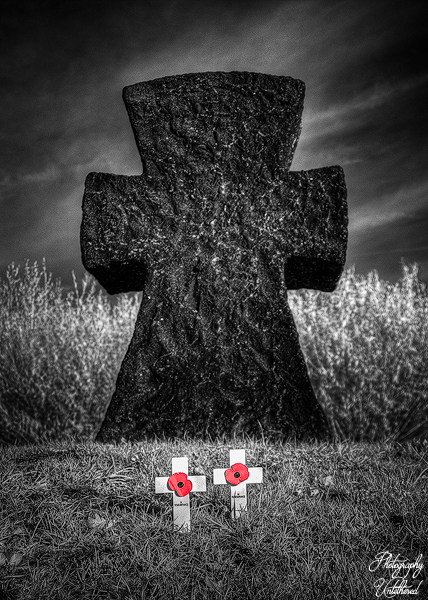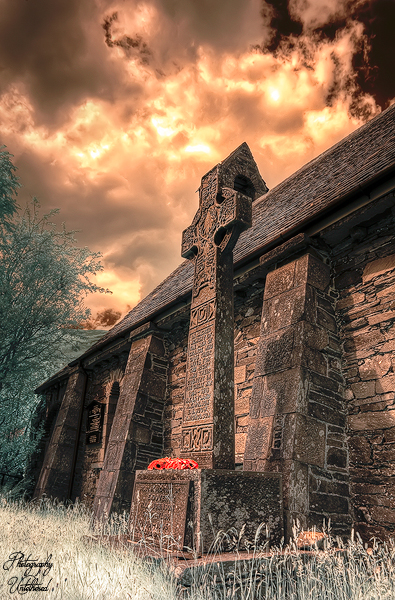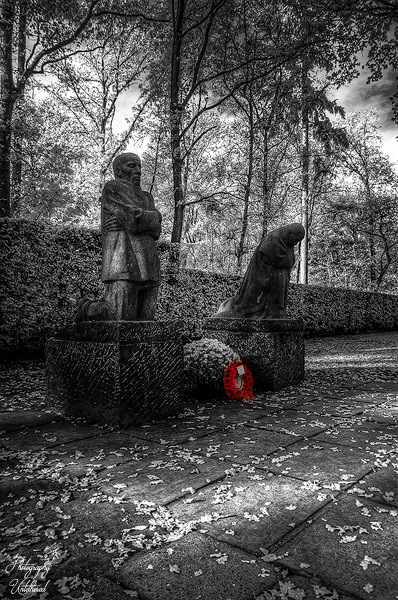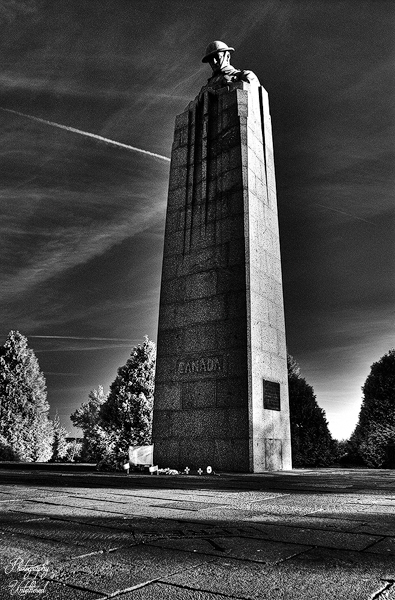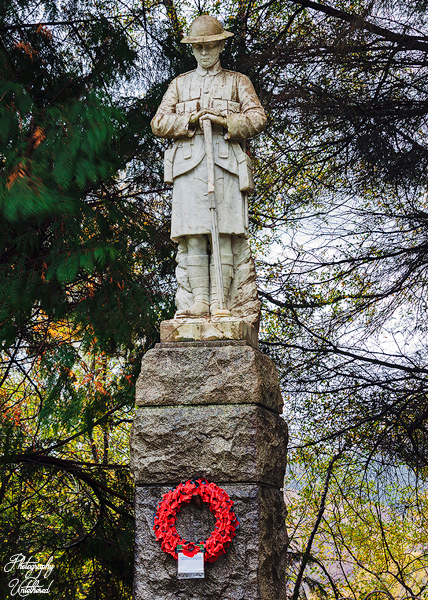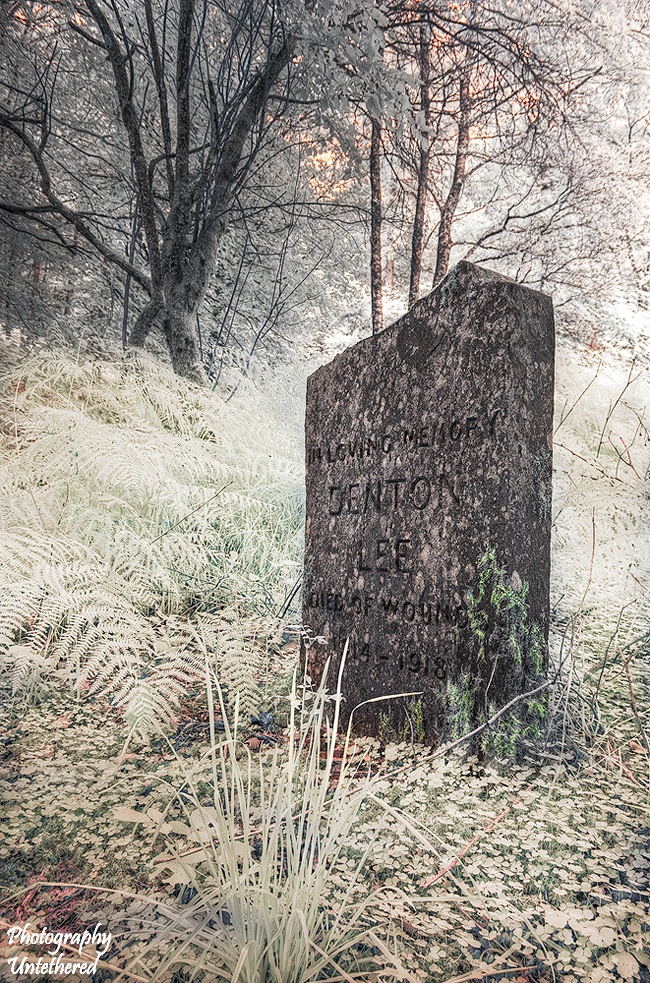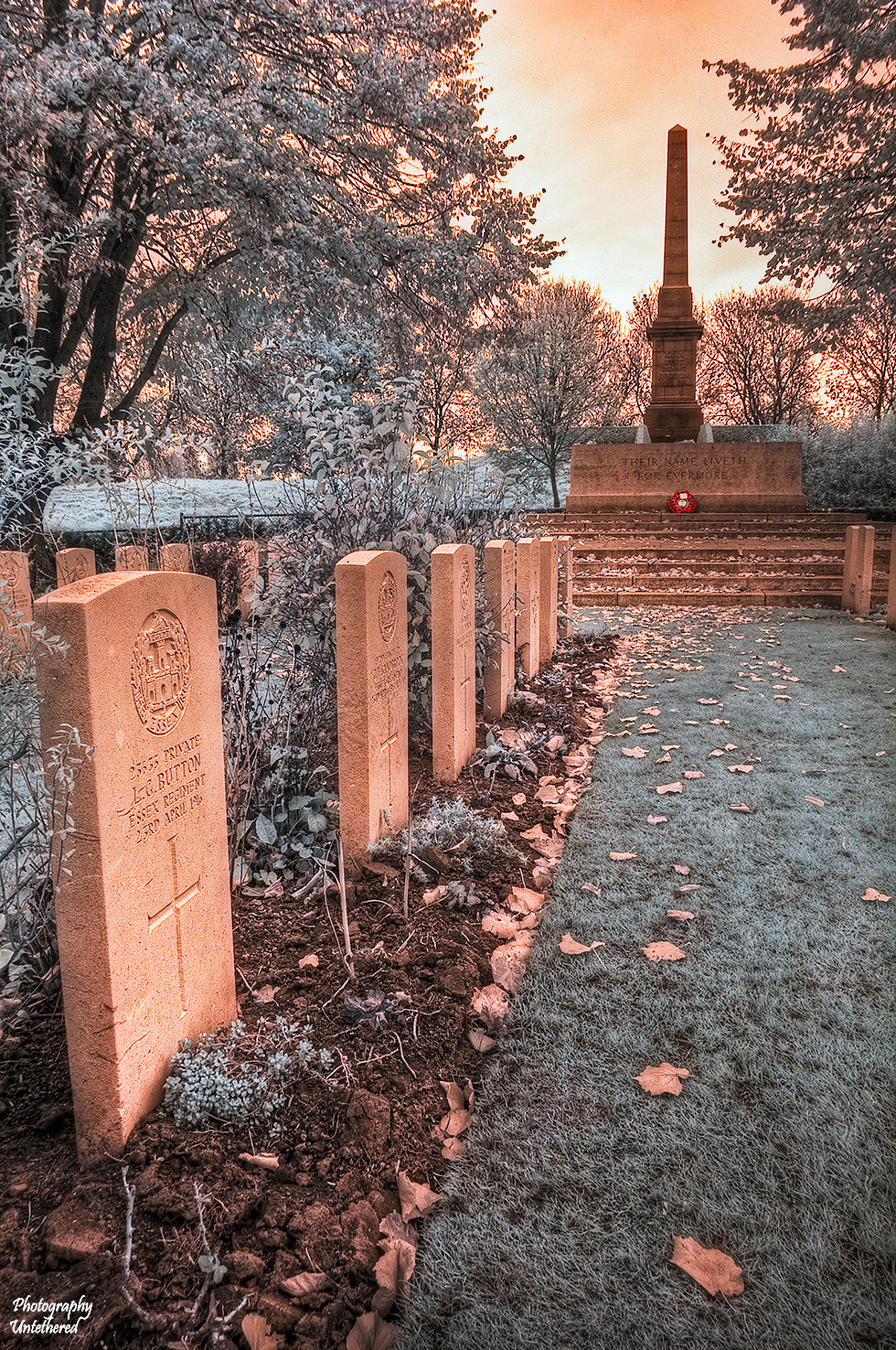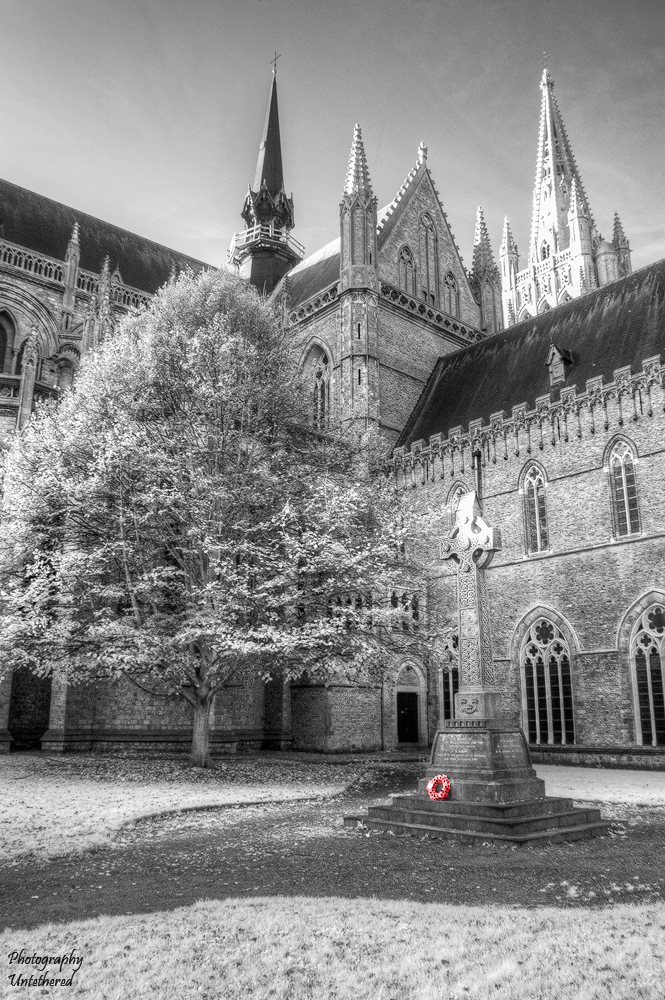The Great War Gallery:
The Great War Gallery primarily showcases my experiences visiting the Western Front, particularly around the historic Ypres Salient. This area, marked by its landscape and poignant memorials, serves as a profound reminder of the sacrifices made during World War I. While my photography is on this specific region, it is essential to acknowledge that the Great War was a vast and devastating conflict that inflicted profound suffering on countless nations across the globe. The Western Front was a crucial battleground during World War I, marked by its brutal trench warfare and staggering loss of life. Spanning roughly 400 miles across northern France and Belgium, this front became the backdrop for some of the war’s most harrowing and decisive encounters.
The landscape was transformed into a network of muddy, fortified trenches, where soldiers endured harsh conditions and regular danger. Iconic battles such as those at the Somme and Verdun epitomised the fierce fighting and heavy casualties that defined this theatre in modern thinking, shaping the course of the war and leaving a profound impact on military strategy and national morale. The Western Front stands as a testament to the horrors of that war and the resilience of those who fought there.

Who would have thought that not long after the centenary of this conflict, we would witness trench warfare taking shape again, this time in the fields of Ukraine? The British Army is back to relearning how to take trenches to pass those lessons on to a new generation. We can now see the reality of such brutal warfare through modern GoPros and mobile phones.
While modern technology is vastly different, there are many similarities to the trench warfare of the past on the Western Front. The gas curtains that once covered dugout entrances to protect soldiers from gas attacks now serve to prevent FPV drones from entering, and I see many more similarities. One thing is certain: the modern conflict highlights the utter waste and barbarity of killing in a way that’s hard to capture through old photos and films from the Great War. It shows none of the glory that was often romanticised on the Western Front. All this reminds me of a line in the poem “Aftermath” by Siegfried Sassoon.
Have you forgotten yet?…
For the world’s events have rumbled on since those gagged days,
Like traffic checked a while at the crossing of city ways:
And the haunted gap in your mind has filled with thoughts that flow
Like clouds in the lit heavens of life; and you’re a man reprieved to go,
Taking your peaceful share of Time, with joy to spare.
But the past is just the same—and War’s a bloody game…
Have you forgotten yet?…
Look down, and swear by the slain of the War that you’ll never forget.
Tyne Cot Cemetery | Ypres Salient:
CWGC Tyne Cot Cemetery stands as an impressive yet serene sanctuary, embodying the profound tranquillity that resonates through the historic battle landscape. With its 11,956 graves, it ranks among the largest Commonwealth cemeteries in the world, serving as a silent witness to the harrowing events of the Battle of Passchendaele. In the grim realities of 1917, nearly 600,000 lives were lost in just 100 days for a mere eight-kilometre territorial gain.
‘Tyne Cot’ originated as a German defence position on the Flanders front. In October 1917, Australian troops established an aid station there, which blossomed into a small cemetery with 340 graves for those who perished from their wounds. After the war, between 1919 and 1921, British ‘Exhumation Companies’ diligently gathered 12,000 fallen soldiers from the surrounding fields, though only 3,800 could be identified.
The wall behind the cemetery proudly bears the names of 35,000 soldiers with no known grave, including British, Irish, and New Zealanders who lost their lives in the region after 16 August 1917. Designed by the visionary Sir Herbert Baker and inaugurated in 1927, the cemetery stands as a powerful testament to their sacrifice and the enduring spirit of remembrance.
Photographic info: infrared HDR taken with a converted Nikon D70s in 2011.
Island of Ireland Peace Park | Messines:
The memorial site stands as a tribute to the soldiers of Ireland, of all political and religious beliefs, who bravely faced the trials of the Great War from 1914 to 1918. Irish men courageously fought with the Armies of the British Empire and also the United States.
Known as the “Irish Peace Park” or the “Irish Peace Tower,” this site embodies a spirit of reconciliation, created by An All-Ireland Journey of Reconciliation Trust with the heartfelt support of the people of Messines (now Mesen). The tower, inspired by traditional Irish round towers of the 8th century, rises to 33.5 meters (110 feet). Its design is mesmerising, as the inside of the tower is illuminated by the sun precisely at the 11th hour on the 11th day of the 11th month, marking the moment when the Armistice was declared and peace returned after four years of conflict.
The Island of Ireland Peace Park was inaugurated on 11 November 1998 by President of Ireland Mary McAleese, graced by the presence of HM Queen Elizabeth II and King Albert II of Belgium. Each year, a moving Remembrance Day service is held at the Tower at 11.00 hours on 11 November. The three pillars in the memorial park stand tall, commemorating the courage of those killed, wounded, or missing from each of the three Irish divisions that fought valiantly in the British Army during the Great War.
Photographic info: infrared HDR taken with a converted Nikon D70s in 2011.
In the Footsteps of Will Bird | Hill 60 | Ypres Salient:
Will R. Bird was born in 1891 in East Mapleton, Nova Scotia. After the tragic loss of his brother Stephen Carmen Bird to a German mine explosion in October 1915, he enlisted in the kilted Black Watch of Canada in 1916. He saw battle at Vimy, Passchendaele, Amiens, Arras, and Cambrai, winning the military medal at Mons on the last night of the war. Upon returning home, Will embraced his role as a devoted family man, honouring his brother’s memory by naming his only son Stephen Stanley Bird.
In 1930, he published a memoir about his wartime experiences entitled And We Go On (later reprinted as Ghosts Have Warm Hands), establishing himself as Canada’s most significant writer on the First World War. In 1931, he revisited the old battlefields, inspired to write a poignant book called Thirteen Years After. During this journey, he was photographed at Hill 60. I followed in his footsteps on 11/11/2011, reflecting on his remarkable legacy. Tragically, Will Bird’s only son Stephen was killed during the Canadian battle for Caen on 8 July 1944, which deeply affected Will. Will Bird passed away in 1984.
Langemark German war cemetery | Flanders:
Out of a total loss of almost two million, Germany left 135,000 fallen soldiers from the Great War in Belgium, with the possibility of 90,000 missing. Many of these men fell near Ypres. Langemark, originally known as Langemarck-Nord, stands as the largest German war cemetery in Belgium, now housing the remains of 44,292 soldiers. This cemetery was first established in 1915, with a permanent site inaugurated in 1932. Langemark is a powerful and sombre place.
The striking basalt-lava cross, photographed here, is erected on one of the original German battlefield bunkers incorporated into the cemetery’s architecture. Adolf Hitler visited this site on June 1st, 1940, and is pictured near this striking cross. The photograph of the large basalt-lava cross represents the unyielding harshness of war; conversely, the vibrant blood-red poppies provide a striking contrast that symbolises the beauty that can emerge even amidst the desolation and horrors of battle.
Photographic info: infrared HDR taken with a converted Nikon D70s in 2011.
Holy Trinity Church Memorial Cross:
Holy Trinity Church, nestled at the foot of Derwentwater in the village of Grange, in Borrowdale, was built in 1861, a testament to enduring faith. In 1922, a magnificent cross of Borrowdale stone was erected in the churchyard, honouring the courage of four Grange men killed in the First World War. Following the Second World War, three more names were added, deepening the legacy of sacrifice. The elaborate slate cross, adorned with intricate carvings of animals, vines, a wreath, and exquisite Celtic strapwork, is believed to have been designed by the talented William Gershom Collingwood (1854–1932), whose scholarly and artistic insights into Norse and Anglican archaeology and early Northumbrian Crosses propelled this masterpiece into existence.
Photographic info: Holy Trinity Church Memorial Cross a false colour infrared HDR taken with a converted Nikon D70s in 2011.
The “Grieving Parents” | Käthe Kollwitz:
Käthe Kollwitz’s “The Grieving Parents” (Die Eltern) is a powerful sculptural memorial that profoundly expresses the universal sorrow of parental loss, particularly in the context of war. Conceived and created by Kollwitz over 18 years, from 1914 to 1932, the work is a deeply personal response to the death of her youngest son, Peter, who was killed in Belgium during World War I. The memorial consists of two kneeling figures, a father and a mother, sculpted from Belgian granite, representing Kollwitz and her husband, Karl.
Photographic info: Käthe Kollwitz’s Die Eltern “The Grieving Parents” an infrared HDR taken with a converted Nikon D70s in November 2011.
The figures are larger than life-size and are positioned with a deliberate sense of isolation and shared despair. The father figure kneels upright, his hands covering his face, conveying a contained and internal agony, while the mother figure is bowed, her head and shoulders slumped, suggesting a more overt expression of pain and prayer. This distinction highlights that while grief is a shared experience, its manifestation is intensely personal and unique to each individual. Originally, Kollwitz envisioned a figure of her son Peter placed between the parents; however, she ultimately removed it to give the work a more universal meaning, allowing it to represent all fallen soldiers and a lost generation.
The sculptures were initially placed at Peter’s grave in the Roggeveld Military Cemetery in Belgium in 1932, and later moved to the Vladslo German war cemetery in 1956, where they remain today, facing the graves of the fallen. The raw, unidealised depiction of suffering in “The Grieving Parents” reflects Kollwitz’s broader artistic mission to voice the sufferings of humanity and advocate for those in need, a theme consistent throughout her career, which was deeply affected by the tumultuous events of two World Wars and personal losses.
Photographic info: Käthe Kollwitz’s Die Eltern “The Grieving Parents”, a false colour infrared HDR taken with a converted Nikon D70s in November 2011.
St. Julien Memorial |The Brooding Soldier:
The St. Julien Memorial, also known as The Brooding Soldier, is a significant Canadian monument located near the village of St. Julien, just outside the Belgian town of Ypres. This imposing eleven-meter-high granite figure of a bowed but unbroken soldier stands on a plinth, looking down on what is now a quiet intersection. The base of the memorial is simply inscribed with the word “Canada.” It is surrounded by trees, farm buildings, and numerous military cemeteries, with thirty-two found within a twenty-kilometre radius.
The memorial commemorates the Second Battle of Ypres, which took place in April 1915. During this battle, Canadian troops held their ground against overwhelming odds, including the first large-scale poison gas attack in history. This heroic stand, despite heavy casualties, solidified Canada’s reputation as a formidable fighting force and is often cited as a pivotal moment in the development of Canadian national identity. The monument serves as a poignant reminder of the sacrifice made by Canadian soldiers during the Great War.

A little-known and often overlooked fact is that the First Contingent of the Canadian Expeditionary Force (CEF) that went overseas in late 1914 included 70% to 80% British-born immigrants. This high percentage reflects the substantial pre-war immigration from the British Isles to Canada, as well as the strong patriotic ties many recent arrivals felt towards their homeland.
Photographic info: The St. Julien Memorial, also known as The Brooding Soldier is an infrared HDR taken with a converted Nikon D70s in November 2011.
The Breton Calvaire Monument | Ypres:
The Breton Calvaire Monument, situated at the Saint-Charles-de-Potyze French Military Cemetery in Ieper (Ypres), Belgium, is a notable memorial dedicated to French soldiers who perished during World War I, particularly those from Brittany. Unveiled in 1968, the monument was sculpted by Jean Fréour (1919-2010), a member of the Breton art movement Seiz Breur. The memorial is designed in the style of a traditional Breton calvaire, which typically features three-dimensional figures on and around a cross, often depicting scenes from Christ’s crucifixion.
Fréour’s interpretation includes women grieving at the foot of the cross, symbolising the wives, mothers, and sisters mourning their lost soldier husbands, sons, and brothers. This poignant imagery serves as a powerful reminder of the human cost of war and specifically commemorates the sacrifice of Breton soldiers, some of whom were casualties of the first major gas attack launched by German forces on April 22, 1915, during the Second Battle of Ypres. The French 87th Division, largely composed of men from Brittany, was positioned in the northernmost part of the Ypres Salient during this critical period and played a role in resisting the German advance. The monument stands as a testament to the enduring memory of these soldiers and the devastation experienced by their families.
Photographic info: Infrared HDR taken with a converted Nikon D70s in November 2011. A total of 8 bracketed shots were taken and combined to achieve full dynamic range. The final image was converted to give a Kodak HIE look.
Glenfinnan WW1 War Memorial:
In the tranquil village of Glenfinnan, located in the picturesque Lochaber area of the Scottish Highlands, stands a poignant war memorial. This striking marble sculpture depicts a kilted soldier wearing a steel helmet, his head bowed in solemn reflection, with his hands resting reversed upon the stock of a rifle. The rifle rests on a sturdy granite plinth, which is supported by a column of six neatly squared granite stones, all enclosed within a fenced area just off the main road. During the 1960s, the memorial was dismantled due to road improvements.
When it was rebuilt, the workmen chose to have the soldier facing the new road rather than Loch Shiel. The base, however, was left facing Loch Shiel. As a result, the names inscribed on the memorial of seven World War I soldiers are now located on the rear rather than the front, where they were previously visible. Nevertheless, the monument remains a poignant reminder of their sacrifice amidst the breathtaking Highland scenery.
Click for Posts on the Great War
The website is self-funded, and my work is free. All profits from the site’s product links go to SightSavers; if you have enjoyed any aspect of this site, please consider a giving a donation here. No one should go blind from avoidable causes. How many people’s sight will you help us save today?
Fragmented Memory 🙂



